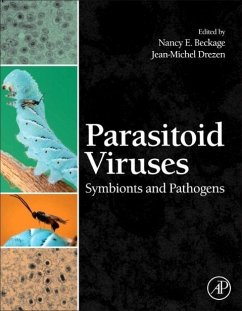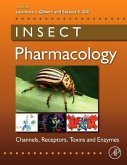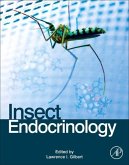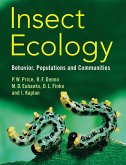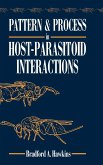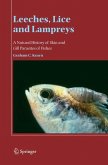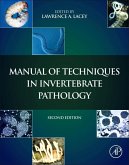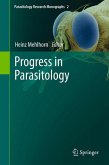Parasitoids are parasitic insects that kill their insect hosts in immature pre-reproductive stages. Parasitoids are employed in biological control programs worldwide to kill insect pests and are environmentally safe and benign alternatives to chemical pesticides. As resistance to chemical pesticides continues to escalate in many pest populations, attention is now refocusing on biologically-based strategies to control pest species in agriculture and forestry as well as insect vector populations that transmit human and animal diseases. Parasitoids are an economically critical element in this equation and 'integrated pest management.'
Viruses have evolved intimate associations with parasitoids, and this book features sections on both symbiotic viruses that are integrated into the wasp's chromosomal DNA (polydnaviruses) that play critical roles in suppressing host immunity during parasitism. A separate section with additional chapters on viral pathogens that infect parasitoids to cause disease and act as detrimental agents that limit effectiveness of wasp species employed in biological control of pests is also featured. A third component is a section on parasitoid venoms, which are of interest to the pharmaceutical and medical communities as well as insect-oriented biologists.
Viruses have evolved intimate associations with parasitoids, and this book features sections on both symbiotic viruses that are integrated into the wasp's chromosomal DNA (polydnaviruses) that play critical roles in suppressing host immunity during parasitism. A separate section with additional chapters on viral pathogens that infect parasitoids to cause disease and act as detrimental agents that limit effectiveness of wasp species employed in biological control of pests is also featured. A third component is a section on parasitoid venoms, which are of interest to the pharmaceutical and medical communities as well as insect-oriented biologists.
"To avoid over use of pesticides, biological control programs employ the more environmentally safe alternative of parasitoids, which are insects that kill their insect hosts in pre-reproductive stages. At work are viruses that have evolved intimate associations with parasitoids<-->symbiotic viruses integrated into the wasp chromosomal DNA (polydnaviruses), and parasitoid venoms, which are of interest to the pharmaceutical and medical communities. The subject has been addressed in journals, but the editors perceived that this field was ripe for a book-length publication. Beckage (emerita; entomology, cell biology, neuroscience, U. of California- Riverside) and Drezen (insect biology, Université Francois Rabelais, France) enlisted 22 contributed chapters and arranged material in sections on parasitoid polydnaviruses<-->evolution, genomics, and systematics; unique attributes of viruses and virus-like particles associated with parasitoids; venoms; and the future<-->applications in agriculture. Academic Press is an imprint of Elsevier."--Reference and Research Book News, October 2012

